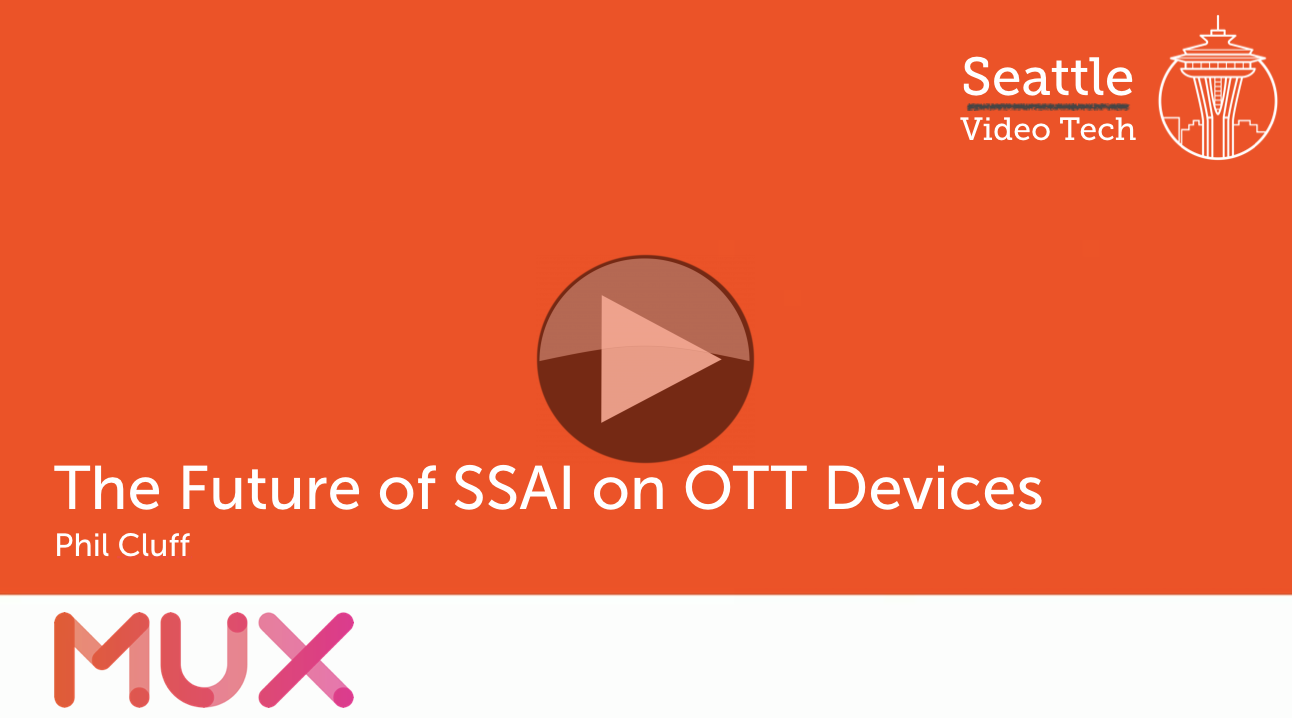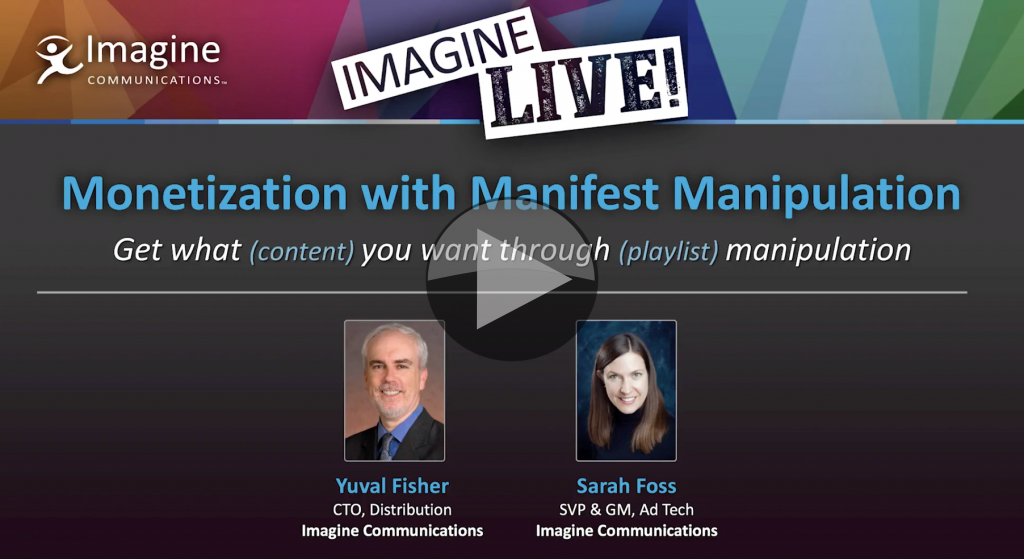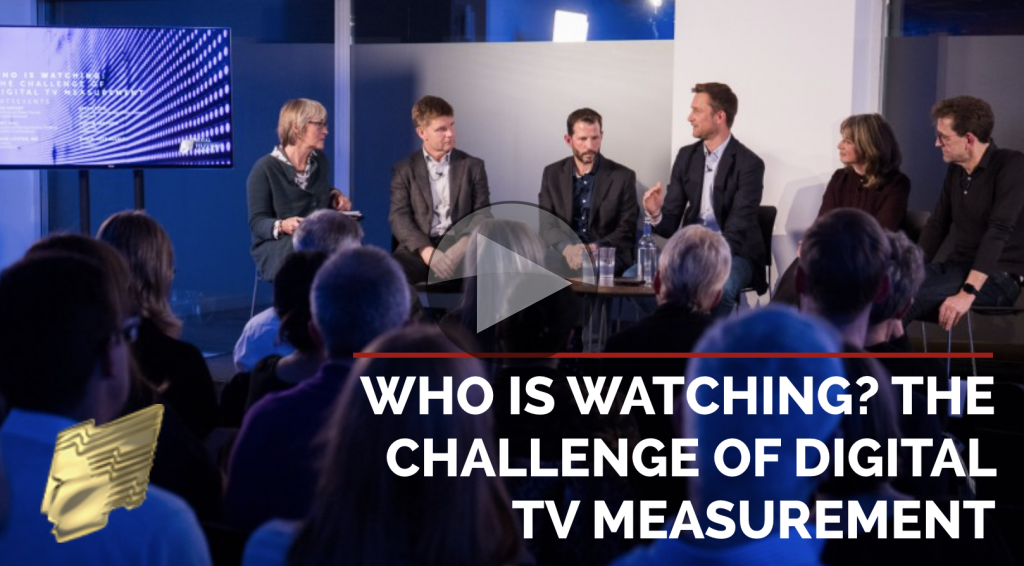
SCTE-35 has been used for a long time in TV to signal ad break insertions and other events and in recent years has been evolved into SCTE-104 and SCTE-224. But how can SCTE-35 be used in live OTT and what are the applications?
The talk starts with a look at what SCTE is and what SCTE-35 does – namely digital program insertion. Then the talk moves on to discuss the most well-known, and the original, use case of local ad insertion. This use case is due to the fact that ads are sold nationally and locally so whereas the national ads can be played from the playout centre, the local ads need to be inserted closer to the local transmitter.
Alex Zambelli, Principal Product Manager at Hulu, then explains the message format in SCTE along with the commands and descriptors giving us an idea of what type of information can be sent and how it might be structured. Looking then to applying this to OTT, Alex continues to look at SCTE-224 which defines how to signal SCTE-35 in DASH.
For those who still use HLS rather than DASH, Alex looks at a couple of different ways of using this with Apple, perhaps unsurprisingly, preferring a method different from the one recommended by SCTE.
The talk finishes with a discussion of the challenges of using SCTE in OTT applications.
See the slides
Watch now!
Speaker
 |
Alex Zambelli Principal Product Manager, Hulu |













